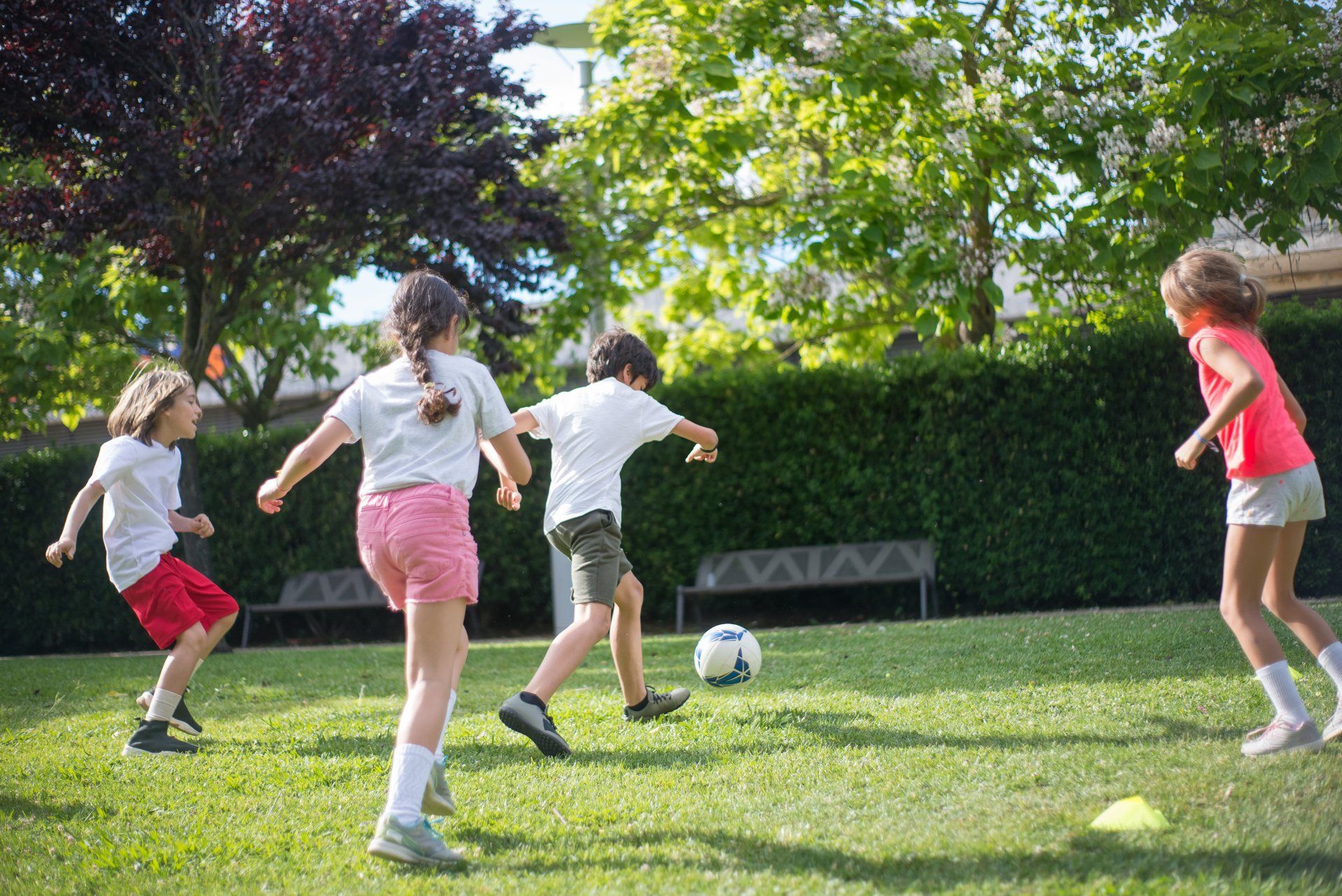Myopia Management

Understanding Myopia (short sight)
Andrea has been offering Myopia management approximately. 12 years so she is very experienced and knowlegable in this field. She has patients who travel from all corners of Ireland to avail of her expertise.
Myopia Management aims to slow the progression of myopia in children/teenagers. It's aim is to slow down the acceleratred growth/stretching of the eyeball. A stretched eyeball/retina is much more at risk of developing sight threatening diseases down the road.
-
What Is Myopia?
Myopia is a common condition that tends to begin in childhood or teenage years, where the eyeball is longer than normal causing the image in the eye to be focused in front of the retina (hence the image is blurred). The retina is a very important film lining the back of the eye and is where the image should normally be focused. Myopia cannot be cured - we cannot get the eyeball to shrink or become smaller.
A child with myopia will see blur in the distance. This can make distance tasks more difficult e.g. school board, playing some sports and watching TV.
When children develop myopia, the myopia tends to increase (i.e. the eyeball continues to stretch) over time until their late teens and sometimes later.
-
Why does my child have Myopia?
There are many factors that can lead to myopia.
Genetics are one - if both parents are myopic then the child is 6 times more likely to be myopic, if one parent is myopic, 3 times more likely.
Research is showing that myopia is largely associated with environmental and/or behavioural factors such as reduced time outdoors and increased near work.*
Myopia rates are reaching epidemic proportions and its predicted that half the world’s population will be myopic by 2050. We are seeing children become myopia earlier than before. The younger a child becomes myopic - the higher the amount of myopia they will develop unless given treatment. On average, myopia should increase by 0.50D every 12 months.
-
Why do I need to slow my child's Myopia progression?
Before all this research and studies - we just gave glasses for myopia and advised the parent to bring the child back when the glasses stopped working. As we stated earlier myopia means the eye ball is growing/stretching.
The retina(v important lining of the eye) is approximately the size of a postage stamp and as it stretches and grows thinner it becomes vulnerable to sight threatening conditions in later adulthood.
As the myopia increases from -1D, -2D, -3D the eyeball stretches more.
There is not really a "safe" amount of myopia but once we reach -5D, the risks of developing sight threatening conditions are much, much higher.
The sight threatening conditions include but are not limited to:
- Retinal Detachment - where the retina detaches from the eyeball.
- Myopic Macular Degeneration - leads to degeneration of the macula- structure responsible for central vision.
- Glaucoma- where the optic nerve is damaged and peripheral vision is affected.
- Cataracts - the lens in the eye becomes cloudy.
It is important to note that these conditions will occur later in life, usually after the fourth decade and they can often be treated; But there can also be permanent vision loss.
-
So what can be done?
New research has shown that myopia control methods can slow the progression rate of myopia by up to 60%.This would mean that, although your child's prescription may continue to change, it would hopefully change more slowly than if they were wearing a normal refractive correction, ultimately resulting in a lower prescription.
These treatment methods include:
- Multifocal soft contact lenses e.g. Misight or Naturalvue daily disposables. These lenses have on average a 40-60% slowing of the myopia progression.
- Orthokeratology lenses - these lenses are worn overnight to reshape the eye and the child usually has clear vision the next morning after the lenses are removed. On average the myopia control is 55% with these lenses.
- Bifocal Glasses - can be beneficial to some patients who are progressing and have reduced ability to deal with excessive near vision.
- Atropine eye drops - these are not available to us in Ireland yet.
- Essilior Stellest Lenses- spectacle lenses, cost €345
- These treatments will not stop the myopia from increasing (as the eye of a child still needs to grow) but will SLOW the increase.
The average effect of treatment has been shown to be 60% in many studies; however some children will progress more or less than this.
The treatment is not a "one size fits all" so many factors and test results are taken into account before a decision is made. Some children show an above average "slowing" of their progression and occasionally some children will experience no benefits to the treatment
